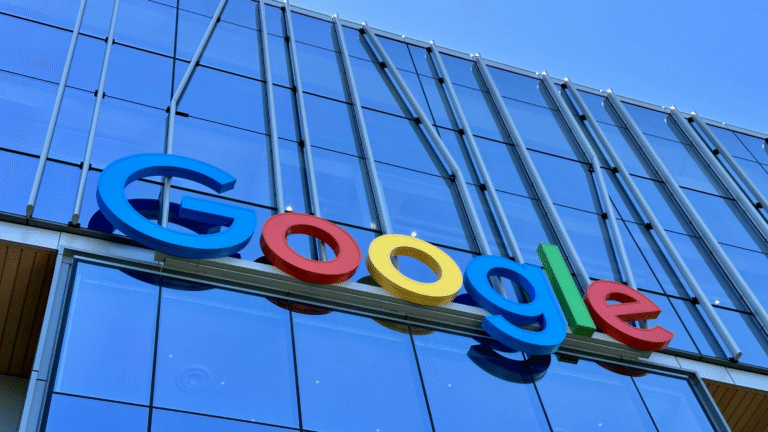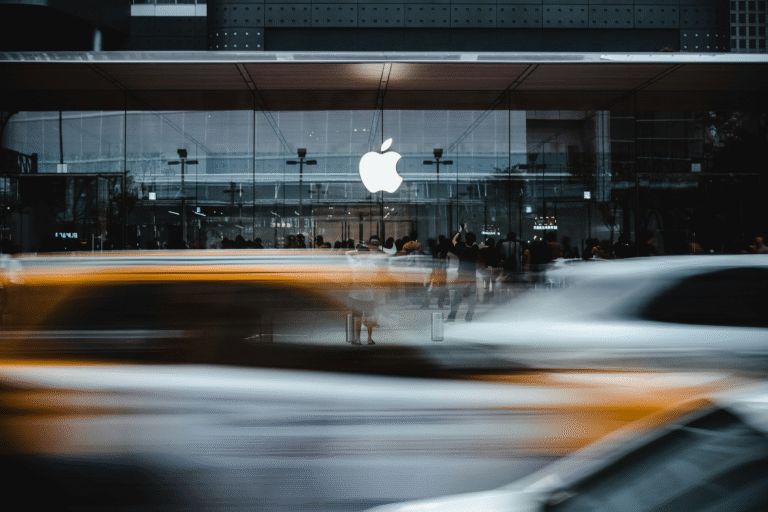The debate around artificial intelligence has evolved from exhilaration to something more unsettling, especially among professionals who spend their days studying the financial world. That tension came into stark light when Stefan Hoops, the CEO of DWS, Deutsche Bank’s large investment arm, provided a forthright view on what he sees happening in the global markets. His message was simple but heavy: the rapid emergence of AI stocks is making markets face threats they’ve never faced before. And in his own words, “There’s no playbook, there’s no real history for something like that.”
Hearing a leader of one of Europe’s top asset managers talk this frankly felt stunning. DWS oversees around 1.1 trillion euros, and Hoops himself has supervised a stunning recovery that has earned back the faith of many investors. So when he says markets are approaching unknown territory, it bears weight.
Over the last few years, the value of companies related to artificial intelligence has surged at a pace that feels almost unbelievable. Nvidia, the most famous of them all, has crossed milestones formerly believed unachievable. Hoops agreed with what millions of average investors have already felt: AI has made a lot of money for people who trade from their laptops and phones. But he also addressed a question that lingers in the backdrop of every financial conversation today. “Nvidia stock is now worth $5 trillion.” My question is simply, could it reach to 100 trillion? Or would at some point you be the first one to say, ‘You know what, this is getting shaky?’”
It is rare to hear an investing executive speak in a way that admits both wonder and fear at the same moment. For Hoops, the bigger question is not just how high prices may go, but who is behind the rise. Unlike the dot-com bubble of the 1990s, which was mostly propelled by institutional money and expert decision-makers, today’s AI rise is controlled by ordinary investors. These are everyday people who purchase and sell shares through apps, typically driven by social media, online criticism, and the emotional energy of witnessing others benefit swiftly.

Retail investors, in Hoops’s opinion, are the wild card in this entire equation. Traditional investors often rely on financial markers such as earnings ratios, balance sheets, and long-term business fundamentals to assess if a stock is overvalued. Retail investors, on the other hand, often function differently. A lot of people purchase dips without thinking because they think that every time an AI stock drops in price, it’s just another chance to get on the next leg of a ride that seems to never end.
For now, many of these individuals are sitting on tremendous riches. But the unsolved question — the one that bothers individuals like Hoops — is how this group would behave if markets move downhill in a major or lengthy fashion. Will they sell rapidly out of fear, precipitating a fast, cascading decline? Or will they stubbornly stay on, hoping for another comeback even if the fundamentals get worse? Even experienced professionals say they don’t know because there isn’t a good historical comparison.
As Hoops put it, the contemporary climate is shaped by a form of wealth generation that markets rarely deliver in such concentrated spurts. Retail traders are very hopeful. It feeds on itself. The cycle seems to keep going as long as the statistics keep going up. But markets have a knack of showing flaws at the most unexpected times, and Hoops seemed to hint that this new dynamic could be more important than people think.
He is careful since he doesn’t believe in AI. DWS is sure that AI will change sectors in ways that we are only starting to grasp. From efficiency advances to new company models, the long-term potential is huge. But appreciating promise does not negate the requirement for reliable data, especially when prices climb considerably faster than real-world performance.
Hoops underlined that the present excitement rests mainly on efficiency advantages – corporations adopting AI to decrease costs, accelerate output, and streamline operations. These improvements are substantial, but they are not yet enough to completely support some of the sky-high valuations seen across the sector. For the rally to remain steady, the world may need to witness actual, revolutionary outcomes: new revenue sources, widespread adoption at scale, and innovations that truly change the shape of economic activity rather than merely making old systems faster.
One thing that sticks out in Hoops’s comments is the blend of optimism and prudent skepticism. He isn’t predicting a crash. He isn’t warning investors to run. Instead, he is pointing to the unknowns, which are the areas where facts, tradition, and the rules of market behavior don’t help much. It serves as a reminder that history doesn’t always repeat itself and that markets can go into areas where historical trends don’t work anymore.
For anyone monitoring today’s financial world, this raises significant questions. How do you quantify risk when the usual benchmarks no longer represent what is happening? How do markets deal with millions of new players whose decisions are based on online culture rather than financial analysis? And what happens when enthusiasm becomes a dominating driver of value?
These uncertainties do not reduce the amazing prospects of AI. They just make the moment seem more complicated, more deep, and maybe even more delicate than it really is. Hoops’s thoughts emphasize a truth that many in the industry are unwilling to state aloud: markets are undertaking a real-time experiment, and no one knows the full spectrum of outcomes.
Standing at this crossroads, it becomes evident that the AI boom stands midway between opportunity and caution. There is true innovation developing — innovation that will likely define the next decade. But there is also human conduct, emotion, and velocity, aspects that cannot be plotted neatly on charts or balanced against predictable patterns. Retail investors can bring new life to markets, but they also make them less predictable, and even the greatest institutions have trouble figuring out how to price things when they are unpredictable.












